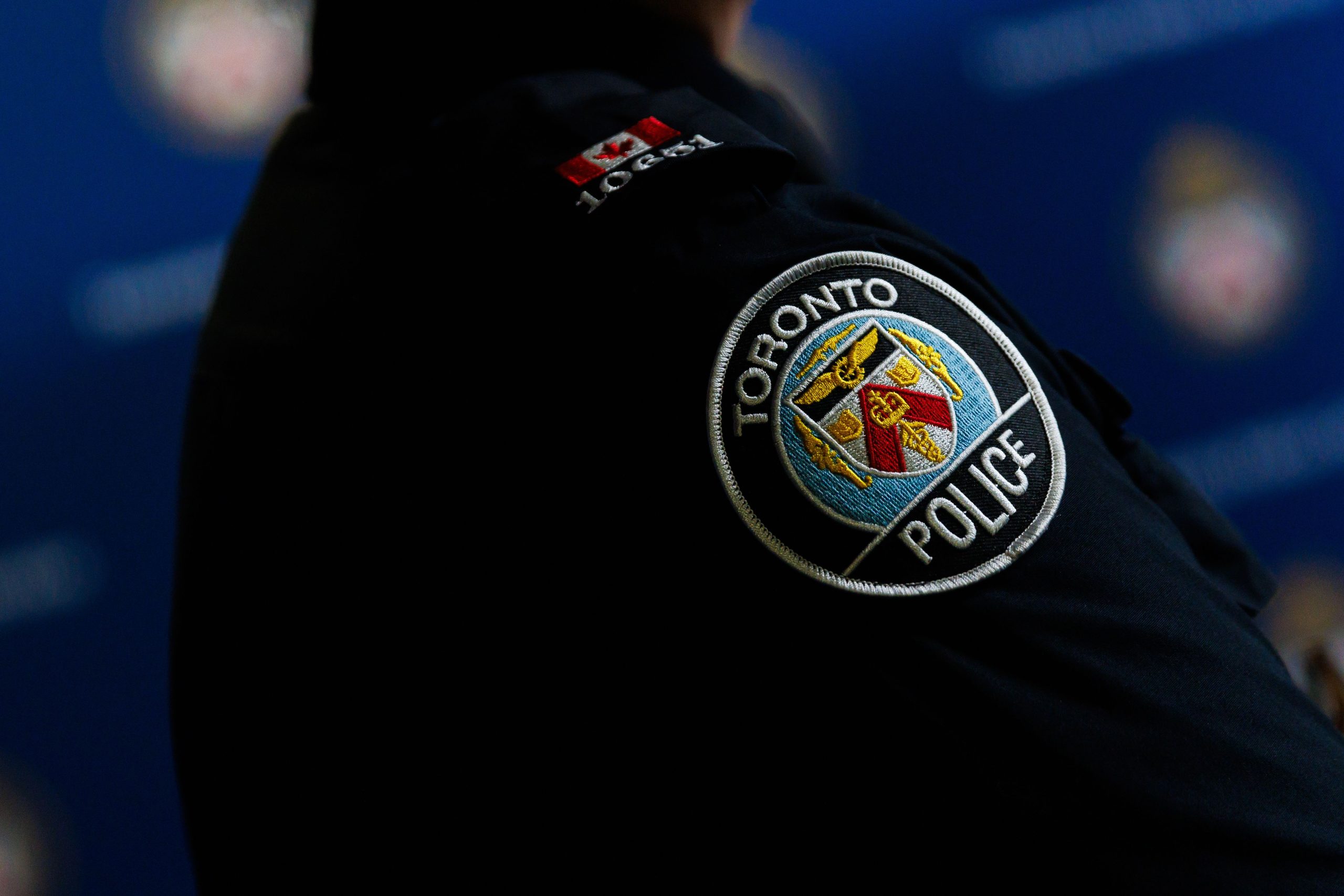The first real test of Ontario legislation that made tire producers individually accountable for the cost and administration of recycling has resulted in a multimillion-dollar settlement for missed provincial recycling targets and has exposed a flawed system, experts say.
Twenty-nine tire producers, which includes manufacturers, retailers and distributors, that fell short of 2023 recycling targets agreed last month to pay $7.44 million to the Resource Productivity and Recovery Authority (RPRA), which oversees recycling in the province.
Critics say the settlement was the result of a loophole in provincial legislation, phased in since 2019, that allows multiple organizations — called Producer Responsibility Organizations (PRO) — to compete with each other to manage recycling on behalf of tire producers, replacing a monopoly held by Ontario Tire Stewardship for nearly a decade.
The competition allowed one PRO — Environmental 360 Solutions (E360) — to “game” the system, critics say, by continuing to collect more tires than it needed to meet the 2023 provincial target, thereby leaving many other tire producers without enough tires to collect. Environmental 360 Solutions declined to comment for this story.
Producers who were short of the 2023 target either had to purchase the extra tonnage held by E360, which they allege was charging exorbitant rates — allowed under the free-market competitive system put in place by the province — or face potential fines from RPRA.
“Why can one company, one competitor, determine the compliance status of its competitors by holding (extra tonnage) and demanding what they want,” said Steve Meldrum, the CEO of eTracks. Etracks manages recycling for numerous tire producers, including those that fell short of the target.
Instead of buying the credits held by Environmental 360 Solutions, eTracks entered into a settlement with RPRA last month for $7.44 million on behalf of its tire producers.
The dispute has unveiled a need to reform the competitive system, which took effect in 2019, after the demise of Ontario Tire Stewardship, which was dismantled in 2018 in the wake of a Star investigation that uncovered lavish spending and a $50-million surplus.
“Some industry leaders have called on RPRA to support a ‘clearing house’ function” to facilitate the trading of credits, said RPRA in an email. Consultations on guidelines for buying and selling the credits, which is part of the competitive system, is ongoing until July 18.
Meldrum said he tried, and failed, to make a deal with Environmental 360, which is a PRO as well as a recycler, for 18 months.
“It would have been wildly disrupting for the industry if now there’s a precedent that said that anyone could charge anything,” said Meldrum.
But the millions paid by the tire producers to RPRA is not a penalty or even a fine.
Money for the settlement, which was facilitated by eTracks, was amassed by tire producers through recycling fees charged to consumers each time a tire is purchased in Ontario. That money goes to eTracks to manage recycling on their behalf.
The settlement amount paid to RPRA is essentially what it would have cost eTracks to collect enough used tires, on behalf of the producers who fell short, to match the industry average of 78.9 per cent for 2023. The target rate was 85 per cent.
The settlement reached between the tire producers and RPRA also falls far short of the more than $50 million that Environmental 360 claims it is holding in credits for tires collected from 2023 to 2025, and potentially much less than RPRA would have issued in fines, although that information has not been made public.
The deal with eTracks was reached after RPRA notified 46 producers in March that they could be facing fines ranging from $70,000 to $1 million if they didn’t provide more data in 21 days to prove they had collected the necessary 85 per cent in 2023, the first year that RPRA was allowed to issue administrative penalties under the new competitive system.
Seventeen of the 45 producers provided further data that made them compliant.
Instead of fining the others, RPRA agreed to a settlement to ensure “a level playing field” because some tire producers had achieved or exceeded the target while others fell short, due in part to the “unavailability of tires,” according to an online statement from the RPRA registrar Mary Cummins.
The settlement also “avoids substantial legal fees and potentially years of legal wrangling,” said RPRA in an email.
The authority hasn’t finalized how the money will be used but said that it may “further support a level playing field between non-compliant producers and compliant producers,” which could mean that RPRA may use the settlement money as a sort of equalization payment, reimbursing individual tire producers that collected more tires than others.
RPRA said it will make public how the money is used in its annual report, according to the email.
Going forward, the province has changed the recovery target for tires, getting rid of an 85 per cent collection rate — which is essentially 100 per cent of tires supplied to the market by weight because 15 per cent is lost in wear and tear — to a so-called management target that requires 65 per cent of all tires are processed, retreaded or reused as of 2025.
Meldrum said it doesn’t mean that tire producers will stop collecting used tires when they reach that goal because the provincial legislation requires them to continue collecting.
But he says the lower recovery target will create less incentive for someone to try to game the system.
“There’s nothing stopping anyone from doing it,” said Meldrum. “It’s just that it’s a hell of a gamble when (the recycling target) is something that is actually achievable.”



